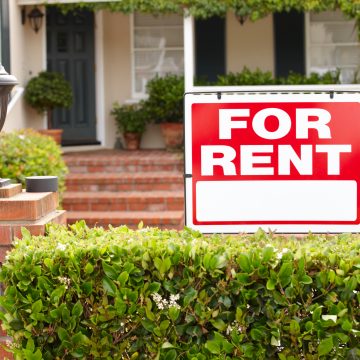Individuals who are identified by someone who tests positive for COVID-19 as having been in close contact with them are recommended to contact their healthcare provider and self-quarantine. These individuals should be excluded from the workplace during their self-quarantine. An exception identified by the CDC are those persons who had tested positive for COVID-19 within the three months prior to their close contact exposure and who have not developed COVID symptoms. This does not mean that individuals who have previously been diagnosed with COVID-19 are relieved of other safety protocols, such as wearing facial coverings and maintaining social distance, but it does allow those who have recently had the disease to continue to work so long as they do not develop additional symptoms, and in accordance with the recommendations of their healthcare provider and employer polices.
The biggest change regarding close contact based self-quarantine, is that the CDC has issued two options to the original 14-day self-quarantine recommendation. With the caveat that local and state health departments may continue to enforce the 14-day quarantine period. The two options shorten the time period for self-quarantine, but as the CDC writes, “[r]educing the length of quarantine may make it easier for people to quarantine by reducing economic hardship if they cannot work during this time. In addition, a shorter quarantine period can lessen stress on the public health system, especially when new infections are rapidly rising.” Essentially, the CDC has determined that although the 14-day quarantine period remains the safest practice, the economic considerations and the difficulty in complying with the 14-day quarantine have made the elevated risk of shorter quarantine periods acceptable.
The two options approved by the CDC are:
- A 10-day period of self-quarantine without testing (provided the individual has experienced no symptoms); or
- A 7-day period of self-quarantine after receiving a negative COVID test result (provided the individual has experienced no symptoms)
Anyone who opts for one of the shorter quarantine periods should continue to monitor their symptoms for the full 14 days.
At this time, however, state and local mandates requiring a 14 day self-quarantine remain in effect and it depends on how the different jurisdictions treat this new information as to whether or not employers will be able to implement shorter self-quarantine periods for their employees.
It remains critical to keep updated on the regular changes to guidance and orders regarding COVID-19 safety and best practices in the workplace. Employers should not do this on their own. The attorneys at Carlile Patchen & Murphy LLP are here to support you and your business. If you have any questions please contact your employment law attorney at CPM.





Please comment on the requirement to PAY someone forced to not be at work who would then be unable to perform their duties.
Thank you for the comment Richard. Every situation is different, and I always recommend a candid conversation with an attorney regarding any legal matter. There is a lot of information regarding COVID-related paid leave requirements on the Department of Labor’s website, although these may not be the only applicable laws to your particular situation. If you have additional questions or would like to discuss your business more in-depth, please contact me.
As positive tests are on the rise, it would be helpful to offer a very basic primer on the rules for whether employers are required to continue pay for workers awaiting test results due to possible exposure versus if symptomatic , when the employer has told that worker to not return until results show no virus.